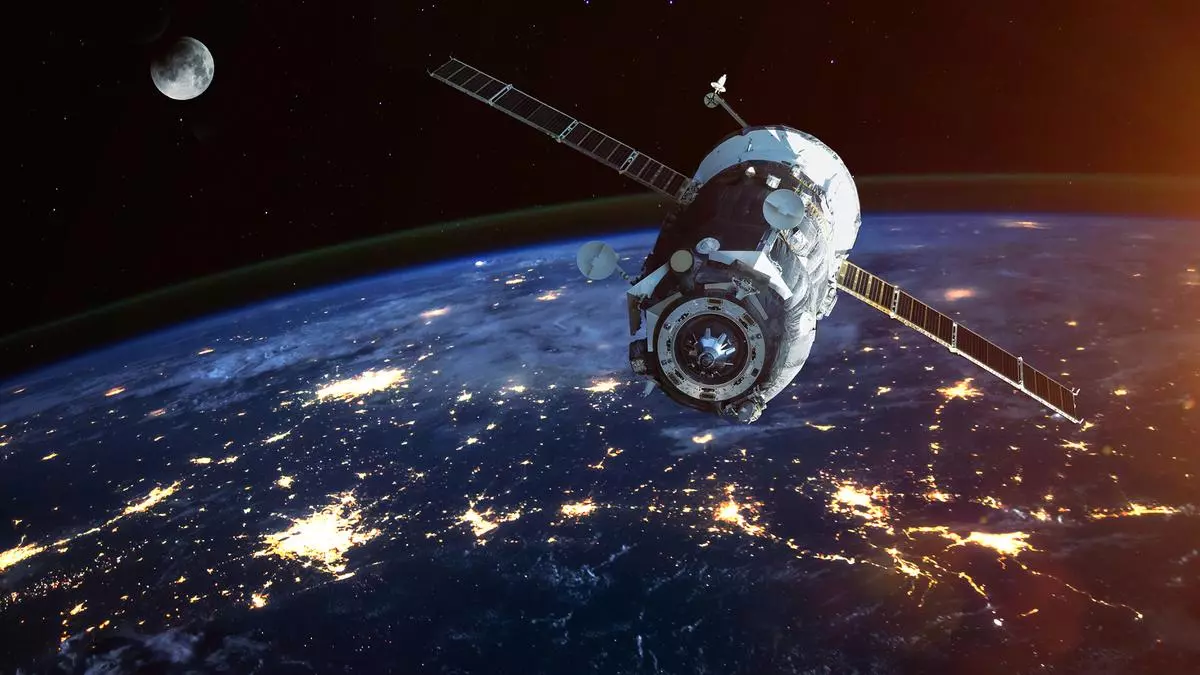India will today take its first step towards two of its major space ambitions—having its own space station by 2035—the Bharatiya Antariksh Station—and picking up samples from the Moon and returning to Earth.
For both, one needs to master ‘space docking’–which is what the SpaDeX Mission of the Indian space agency, ISRO, is about to launch today.
Two bodies traveling in space at unimaginably high speeds (about 7.5 km a second) meeting and locking with each other is not an easy feat.
As in many aspects of space faring, India is a late comer in docking, but still, it will be only the fifth in the world to do so.
For sure other countries have done it decades ago. The first was achieved back in March 1966, by none other than the first man on the moon, Neil Armstrong, who, along with David Scott successfully docked the Gemini 8 spacecraft with an uncrewed ‘target vehicle’ called Agena. Without docking, moon landing would not have been possible, because the astronauts would need to join back the mother spacecraft in orbit.
That, therefore, was manned docking, which was technically easier but riskier to human life. Subsequently, the US, Russia, China and Europe have achieved the more challenging unmanned docking. China docked an uncrewed spacecraft Shenzhou-8 with its space station, Tiangong-1, in November 2011; it did it with a manned spacecraft in June of the following year.
Docking is an extremely demanding exercise, calling for precision alignment and control. These are done by a bunch of sensors (laser range finder, reflectors and ‘rendezvous sensors’) and navigation devices. Both the laser range finder and the rendezvous sensor independently tell the relative positions, but the former also determines the velocity, according to information provided by ISRO. Also, the target and the chaser are “androgynous”, which means either can act as the target or the chaser.
After docking, they will also undock and the spacecrafts will go their own ways and provide useful services—surveillance, imaging and radiation measurement.
The SpaDeX spacecraft were designed and realized by the UR Rao Satellite Centre (URSC) with the support of other ISRO centers (VSSC, LPSC, SAC, IISU, and LEOS), says ISRO. The full integration and testing of the satellite were carried out at M/s Ananth Technologies, Bangalore, under the supervision of URSC. It might be remembered that Ananth Technologies was recently named as the beneficiary of an ‘announcement of opportunity’ by the space regulator, INSPACe, which would make the company the first private Indian satellite operator to provide geostationary orbit communication satellite services to the country.
